Museo Universidad Antioquia (MUUA) is an anthropology and natural sciences museum located on the University of Antioquia’s campus in Medellín. It’s worth a visit with a huge collection of nearly 40,000 archaeological and natural history pieces on two floors of the museum
Also, there are additional temporary exhibits found on two other floors of the museum. The museum has an impressive collection of items on display. I have been to this museum three times over the past five years and the art exhibits have been different every time. Also, we included MUUA in our list of the 12 best Medellín museums.
Museo Universidad Antioquia, also known as MUUA, was founded in 1942.
Note the above photo is some of the archaeological pieces on display in Museo Universidad Antioquia.

Entrance to Museo Universidad Antioquia (MUUA) on the Universidad de Antioquia campus in Medellín
Museo Universidad Antioquia (MUUA): Anthropology Exhibits
Sala Gracialiano Arcila Vélez is the anthropology exhibits in the museum found on the second floor. On display are approximately 20,000 archaeological pieces in ceramic, lithic, shell, bone, metal, didactic models (reconstruction of lifestyles), replicas, among others.

Some of the archaeological pieces on display
Established in 1943, the anthropology collection conserves a total of about 35,000 objects of Colombia’s cultural heritage, making it the largest collection of archaeological pieces in Colombia.
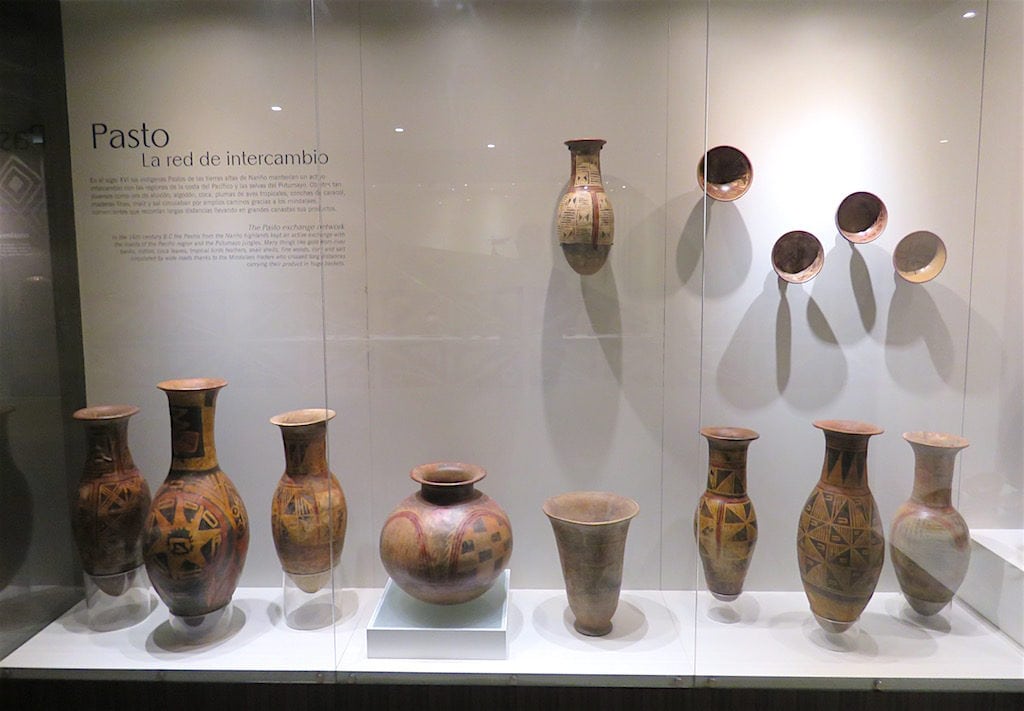
Additional archaeological pieces on display

More of the archaeological pieces on display in the museum
Through pre-Columbian objects and indigenous and Afro-descendant ethnography, it permanently exhibits a gallery that tells the history of the people with elements of the daily and religious life in each region of Colombia.

A jug on display from Tumaco in Nariño, 500 a.C – 500 d.C.
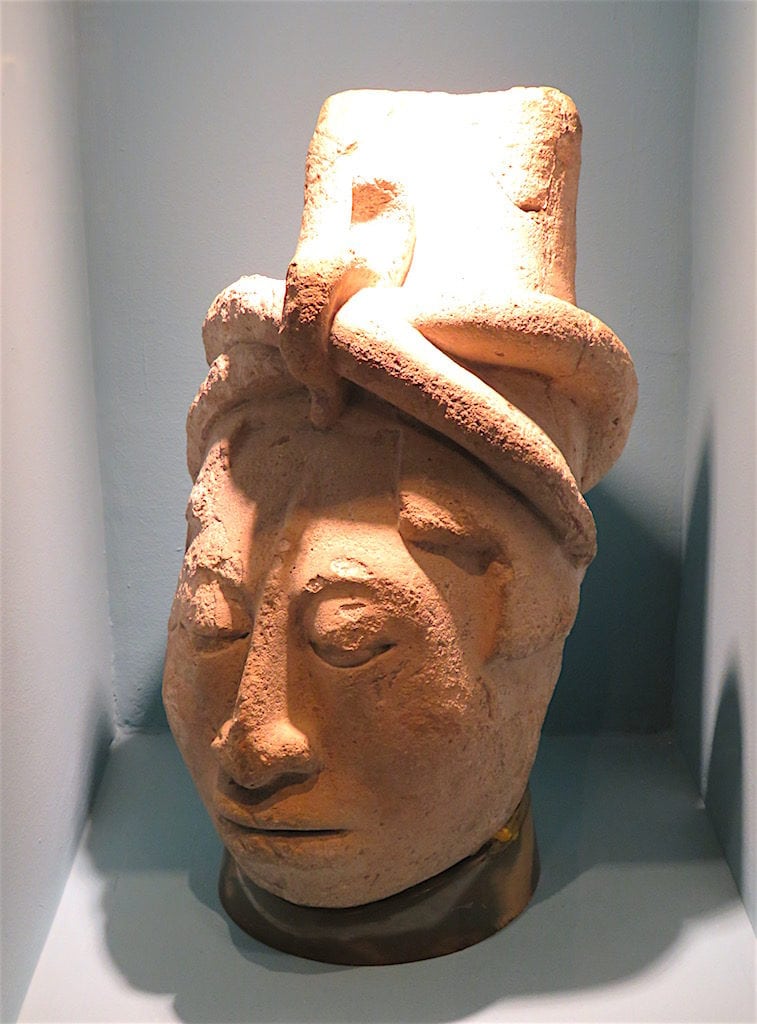
A female head on display from Acandí, Chocí , 900 d.C – 1,600 d.C.
And in February 2010, the anthropology collection received from the Ministry of Culture of Colombia 5,200 pieces from different ethnic groups of the country, made of materials such as ceramics, bone, wood, shell, metal and leather.

Natural sciences exhibits on display, photo by SajoR
Museo Universidad Antioquia (MUUA): Natural Sciences Exhibits
Sala Francisco A Uribe Mejía is the natural sciences exhibits in the museum found on the third floor. And this collection has about 18,000 pieces including naturalized animals, skeletons, skins, minerals, fossils and scientific illustrations.

Additional natural sciences exhibits in the museum, photo by SajoR
The exhibit houses some significant collections including a study of the skins of birds, a collection of skins of mammals and a sizeable collection of butterflies.
Museo Universidad Antioquia (MUUA): Temporary Exhibits
The museum also has rotating temporary exhibits on two other floors of the museum. Currently three of the temporary exhibits on display in the museum include:

“Mariana and butterflies” – María del Pilar Bedoya Hoyos, 2018
1. Artist María del Pilar Bedoya Hoyos
This is an exhibit of paintings by Colombian artist María del Pilar Bedoya Hoyos, who was born in Medellín, but who has resided in the city of Toronto, Canada, for more than eight years.

“Mariana” – María del Pilar Bedoya Hoyos, 2017
Living in Canada has greatly influenced the development of her work. This is due to living in a society so alien to where she was born, which has awakened a lot of sensations that she has tried to capture through her paintings.
If you look at the painting closely, they are really a reflection of much deeper things than just the images of people in the paintings. It’s possible to see a number of emotions like sadness, fear, pain and nostalgia in the paintings.

One of the pieces in the Plates Not for Eating exhibit
2. Plates Not for Eating
This exhibit is from the artist Maribel Gordillo, a graduate of Universidad de Antioquia, in which the traditional canvas takes the form of crockery.
In some pueblos or places of Colombia it is tradition that the crockery is painted by hand, however, it is used. And this process could also be considered artistic, for our basic and daily need to feed ourselves. But this does not happen with the dishes in this exhibition, which are only art pieces.
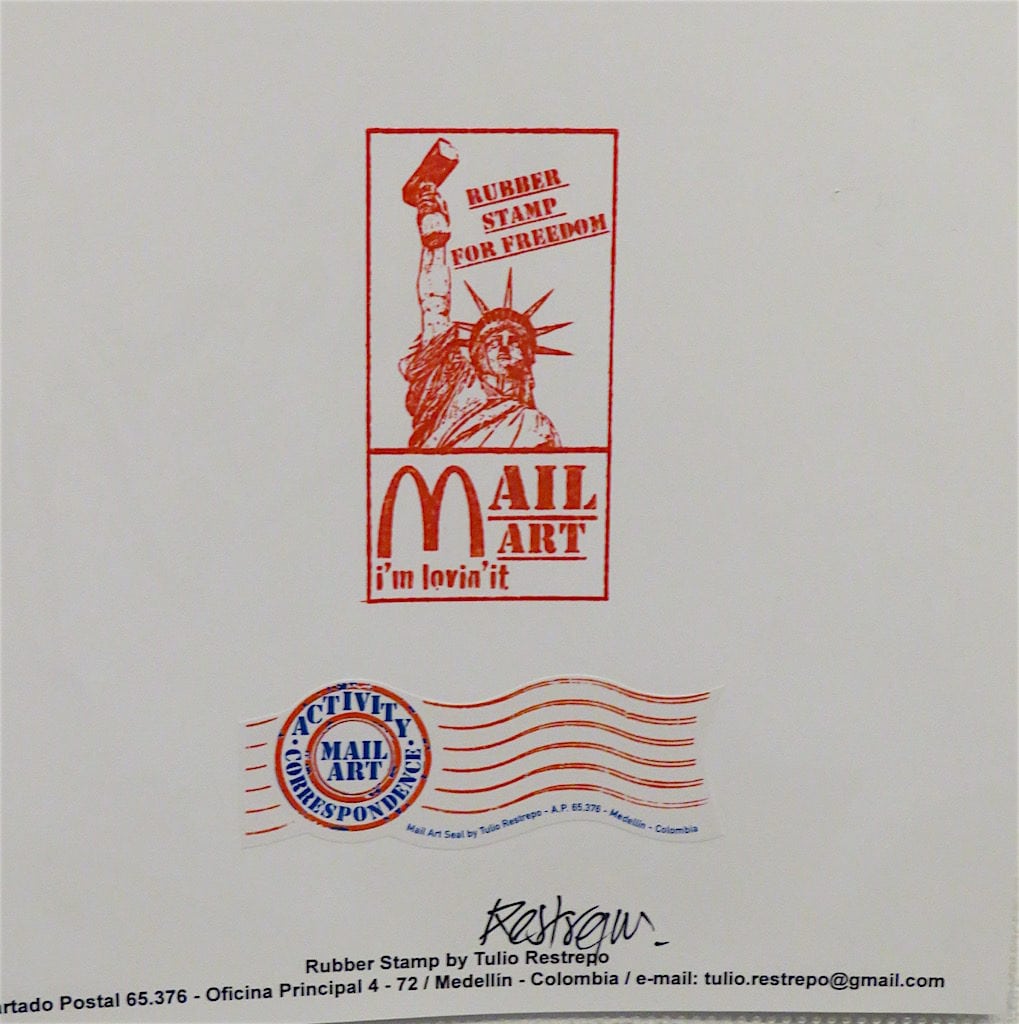
One of the pieces in the “Art Mail” exhibit
3. Art Mail
The “Art Mail” exhibition puts Colombia in dialogue with a country like the United States via the mail from two artists.
In this exhibit you can see the works of Tulio Restrepo Echeverri, artist and graphic designer in the city of Medellín and John Held Jr. Artist born in Brooklyn, United States. Both artists approach art with stamps used in the mail.
More About Universidad de Antioquia
University of Antioquia is a major university in Medellín with over 30,000 thousand students. It’s a public university located primarily in the city of Medellín. And it’s considered one of Colombia’s best universities. Also, its prestigious Faculty of Medicine is considered the top medical school in Colombia.
In addition, Universidad de Antioquia has small regional campuses in Amalfi, Andes, Caucaia, Carmen de Viboral, Envigado, Puerto Berrío, Santa Fe de Antioquia, Sergovia, Sonsón, Turbo and Yarumal.
This university was founded in 1803 by a Royal Decree issued by King Charles IV of Spain originally with the name Franciscan College.
How to Get to Museo Universidad Antioquia (MUUA)
Museo Universidad Antioquia (MUUA) is located on University of Antioquia’s main campus in Medellín. This is near the popular Jardín Botánico botanical gardens and Parque Explora.
The easiest way to get to Museo Universidad Antioquia is via the Medellín Metro. The museum is located less than a 10-minute-walk from the Universidad metro station on Line A.

Universidad Metro Station
There is an entrance to the university located near the metro station. To enter the university, you just need to show your passport or cedula. And the museum is located next to the main square on the university campus.
Also, you could take a taxi from your location in the metro area to Universidad de Antioquia where the museum is located. All taxi drivers in Medellín will know where Universidad de Antioquia is located.
In addition, it’s normally pretty easy to catch a taxi in the street in front of the university.
Website: http://www.udea.edu.co/wps/portal/udea/web/inicio/cultura/museo-universitario
Address: Calle 67 # 53-108, Bloque 15, Universidad de Antioquia, Medellín
Hours: Monday to Friday: 8 am to 6 pm, Saturday 9 am to 1 pm.
Entrance fee: It is free to enter the museum. Any bags you have with you must be checked at the entrance but you can bring cameras into the museum.
Also, there are students on the different floors of the museum that can answer your questions. A few spoke some English in my experience.

Gift shop at Museo Universidad Antioquia (MUUA)
Also there is a small gift shop at the entrance to the museum.
Museums in Medellín
On the Medellin Guru website, we have looked at 17 different museums in Medellín:
- Museo de Antioquia – the most popular museum in Medellín, worth visiting. It’s best known for a collection of art of Medellín-born artist Fernando Botero.
- Medellín’s Museo de Arte Moderno (Modern Art Museum) – worth a visit with an intriguing mix of exhibitions located in a striking building.
- Parque Explora – Medellín’s popular interactive science museum and aquarium. It has over 300 activities and the largest freshwater aquarium in South America.
- Jardín Botánico – Medellín’s free botanical gardens that is also considered a museum with over 1,000 different living plants on display.
- Planetario de Medellín – Medellín’s Planetarium and space museum that is very popular and worth seeing, particularly with kids.
- Museo El Castillo – Medellín’s beautiful Gothic-style castle that is a museum.
- Museo Cementerio San Pedro – a cemetery that is also a popular museum in Medellín worth visiting. It also has a church with many beautiful stained-glass windows.
- Museo Casa de la Memoria – a museum dedicated to honoring the victims of urban conflict in Medellín and Colombia and is worth seeing to better understand the city and country.
- Museo del Agua – the popular Medellín water museum.
- Casa Museo Otraparte – a hidden gem in Envigado consisting of a museum, cultural space and café dedicated to the life and works of Colombian philosopher Fernando González.
- Museo Universidad Antioquia (MUUA) – a Medellín museum located on the University of Antioquia’s campus with a huge collection of nearly 40,000 archaeological and natural history pieces.
- Museo Casa Gardeliana – a museum located in Medellín that is dedicated to tango music and musician Carlos Gardel.
- Pedro Nel Gómez Casa Museo – a museum located in Aranjuez that is dedicated to the life and works of important Colombian artist Pedro Nel Gómez who is best known for his extensive work as a muralist.
- Museo Etnográfico Miguel Angel Builes – a hidden gem museum in Medellín dedicated to showing the cultural diversity of indigenous and ethnic groups in Colombia.
- Rafael Uribe Uribe Palace of Culture – Medellín’s palace in El Centro is one of the most photographed buildings in the city. It’s considered a museum by the city of Medellín but there aren’t very many exhibits to see inside.
- Museo Entomológico Piedras Blancas (MEPB) – an insect museum located at the Parque Ecológico Piedras Blancas, which is an ecological park located in Santa Elena near Medellín.
- Museo de Ciudad – Medellín’s City Museum, which is located next to Pueblito Paisa. This museum has a scale model of the city and a photo exhibit with photos from the 1890s to about 1950 showing the history of the city of Medellín.
The 10 English-language Colombia guidebooks that I have are missing several of these museums. And each guidebook only includes six to nine out of the 17 museums in Medellín we have looked at.

The fountain in front of Museo Universidad Antioquia (MUUA)
The Bottom Line: Museo Universidad Antioquia (MUUA)
Museo Universidad Antioquia doesn’t get as many visitors as the more well-known museums in Medellín like Museo de Antioquia and Parque Explora.
The last time I visited MUUA I only saw four other people as I was walking through the exhibits. However, Museo Universidad Antioquia is definitely worth visiting to see the many exhibits in the museum. The most impressive exhibits in the museum are the anthropology and natural sciences exhibits.
In addition, Museo Universidad Antioquia is located near several top tourist attractions in Medellín including Jardín Botánico, Parque Explora and Parque Norte. So, you could combine a visit to these attractions with a visit to the museum.
Sign up for the Free Medellin Guru Newsletter – You can see all of the previous Medellin Guru weekly email newsletters and sign up here.




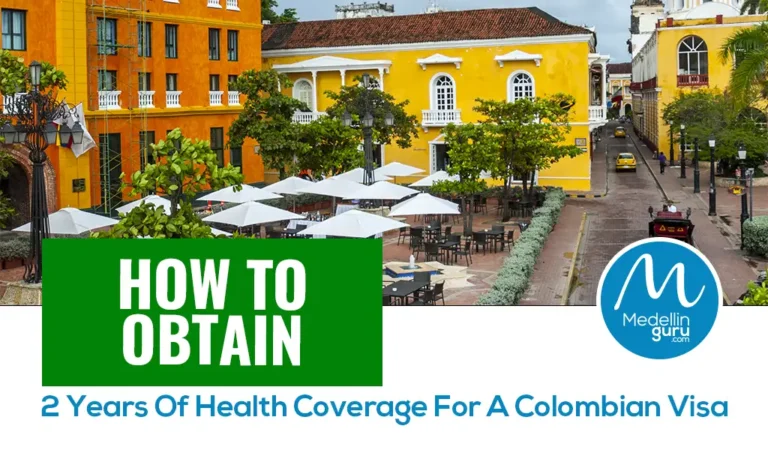



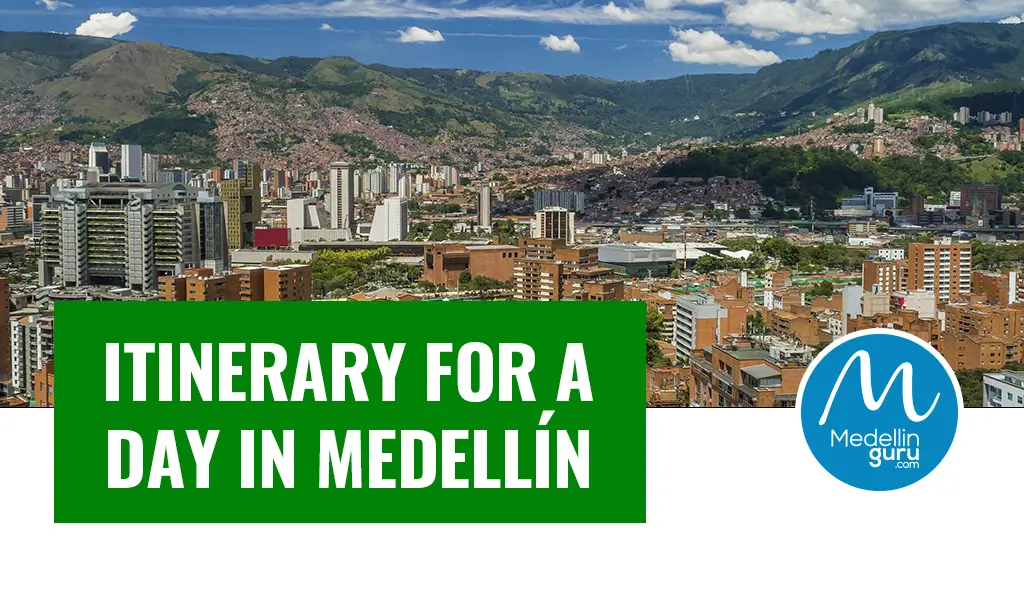

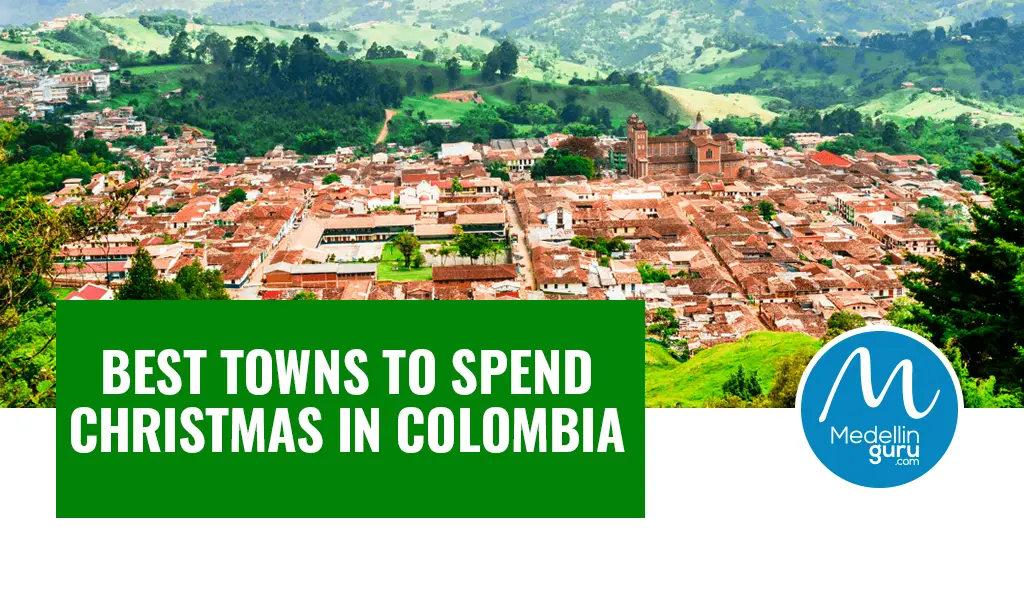





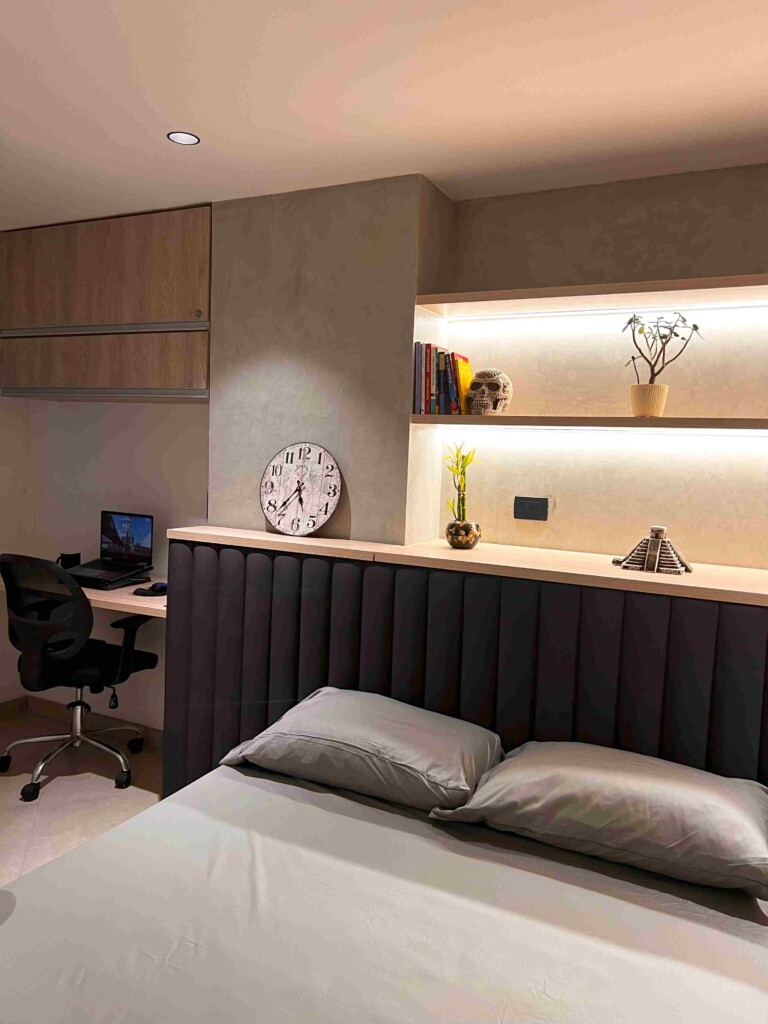
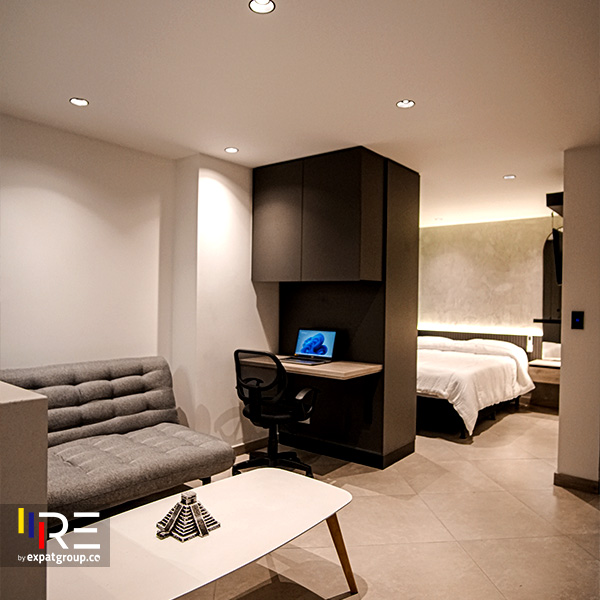


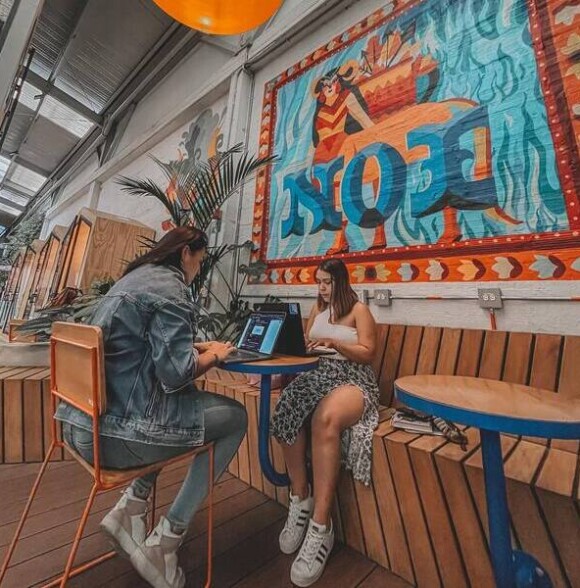

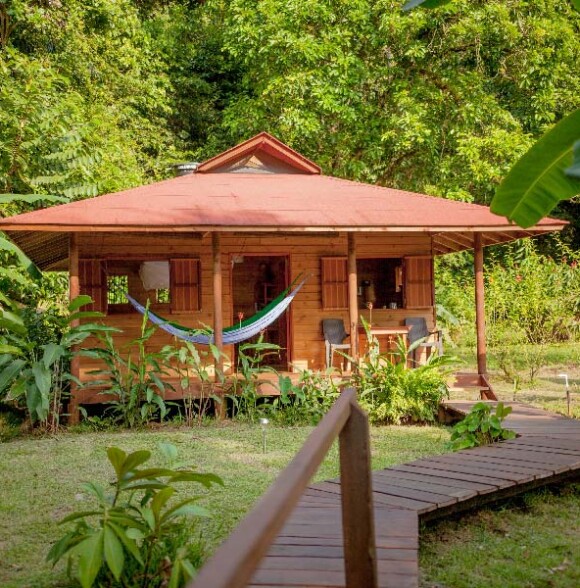
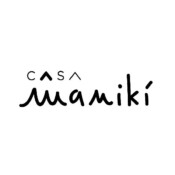




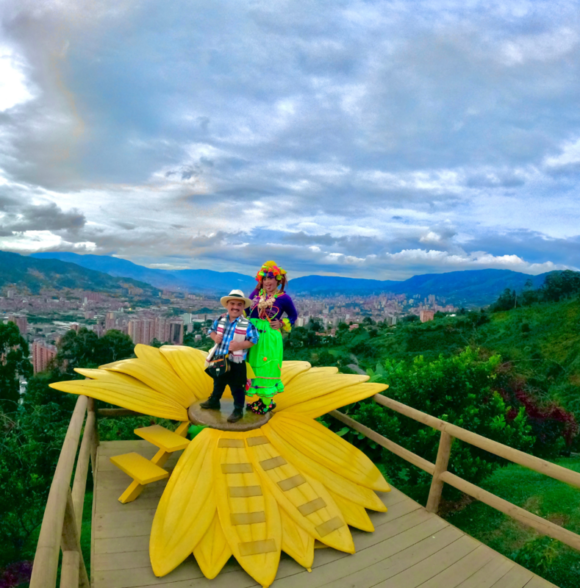




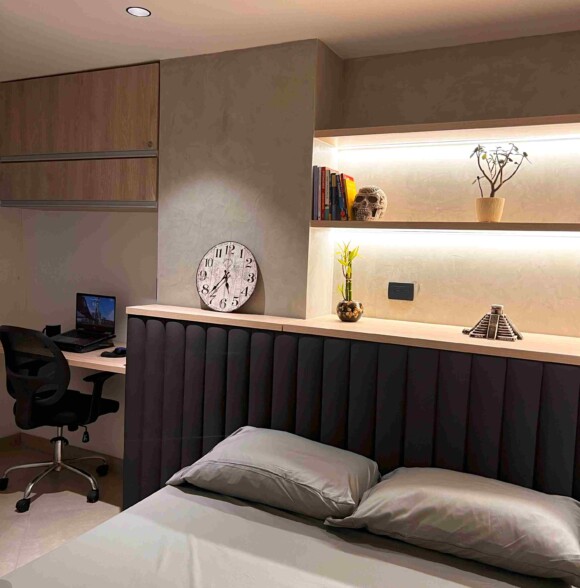
10 thoughts on “Museo Universidad Antioquia (MUUA): A Medellin Museum Worth a Visit”
Hi Jeff,
Thanks very much for all the content you have here on medellinguru; it’s quickly become one of the places I look at first for advice on anything Colombia-related during my visit.
I went over to the museum yesterday. I had a bit of trouble finding the entrance to the university – unless I missed something, the entrance I used (on carrera 53) doesn’t actually have the name of the university on (perhaps some of the political placards on the entrance are covering the name up?). It might be worth adding a mention of carrera 53 and a photo of the university entrance to the article to help people find it.
Although I got onto the campus, I didn’t actually get into the museum as a woman was turning people away on the door; I didn’t try to ask why as she was on the phone to someone. She said it would be open again tomorrow though, so I will try again at some point.
For what it’s worth, I took a photocopy of my passport with me and the security guards accepted that as ID to let me on to the campus. I really don’t like having to carry my passport round with me when I can avoid it as I’m always worried I’m going to lose it.
Thanks again for all your work here!
Steve
Went here yesterday 12 June 2018 thanks to your report. The art exhibits and biology exhibits were interesting but the archaeology/anthropology exhibition blew me away! Stunning specimens – and amazing how diverse they were. A few pieces that stood out:
– 4-5 inch long arrowheads – similar style to what we used to find in corn fields in Tennessee, but much bigger as it was used for hunting mastodon
-elaborate, expertly hand-carved Easter Island looking statues used as funeral markers, or similar ones for ash urns.
-Artifacts from Amazonian shamanism, such as “totem sticks” and intricate head-dresses from parrot feathers.
Thanks again for the recommendation, Jeff. Well worth the visit.
Hi Scott, thanks. I agree with you that the archaeology/anthropology exhibition is very impressive with so many diverse items on display.
Great report and your photos are excellent!
Hi John, thanks!
Thanks for a completely detailed tour de force. I’m so happy that you avoided any temptation to inject partisan politics into this. I tire of self righteous bores who feel obliged to poison the atmosphere when we were moving along in a cordial way.
Quick question Jeff. Are any of the descriptor placards for this museum in English? I was helped tremendously by the Spanish/English signs in Parque Explora. It went a long way in helping me understand the message behind the works. Thanks.
Hi Jeff, yes some but not all of the exhibits have both Spanish and English on the placards.
Thanks for the detailed article about this museum. I didn’t know about this museum but plan to check it out next week.
I love your reporting. Very excellent. It takes my mind off of the insane Twitter feeds coming out of what once was the USA and now is Trumpland. Makes me want to take a trip to Parque Arvi and never return to the harsh realities of this insane world.